Jona Lendering
Jona Lendering read history at Leiden University (MA 1993), specialized in Mediterranean culture at the Amsterdam Free University (MA 1996), and worked at excavations in Holland (Riethoven) and Greece (Halos). After teaching historical theory and ancient history at the Free University for several years, he was one of the founders of a school for history teaching, Livius Onderwijs. Born in Amsterdam, it has now spread to auxiliary locations in Bussum, Dronten, Gouda, Haarlem, Hoorn, Schagen, Zaanstad, and Zoetermeer. As of 2013, Livius Onderwijs has eight teachers, about 500-600 students a year, and offers tours to countries like Italy, Turkey, Iran, and Lebanon. The field trips help to etch into the students' minds some of what they've learned at the school.
Because history is for a large part telling a story, something you do best in your own language, Lendering prefers to publish in Dutch journals. However, he has contributed to the Bryn Mawr Classical Review and Ancient Warfare, while he is the founder of Ancient History Magazine. He is also the publisher and editor of the on-line publication of the Babylonian Chronicles of the Hellenistic Period, a set of important cuneiform sources for the history of the Seleucid and Parthian Near East, transcribed, translated and commented on by Bert van der Spek of the Free University Amsterdam and Irving Finkel of the British Museum. A publication as book is in preparation.
Lendering has written several books and maintains a blog in Dutch. He is the author of several books, including Edge of Empire and Consensus and Crises. For the Livius website, which has received several awards, he collaborates closely with Bill Thayer of LacusCurtius. Lendering is also the webmaster of two daily blogs, the MainzerBeobachter.com and Grondslagen.net.
There are 9380 items in Jona Lendering:
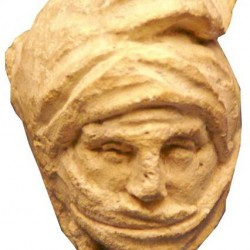
Portrait of an Iranian |
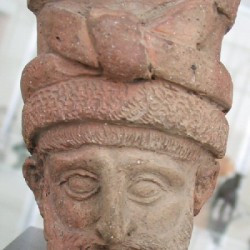
Achaemenid nobleman |
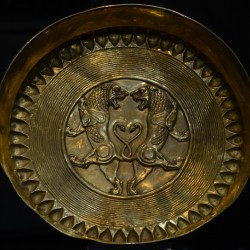
Achaemenid plate with two lions |
Achaemenid Royal Inscriptions
Achaemenid Royal Inscriptions: collection of Old Persian cuneiform texts from the sixth, fifth, and fourth centuries BCE, left by the Achaemenid kings on their official monuments.In ca.521, the Persian king Darius I the Great ordered that a new alphabet, which…Achaemenids
Achaemenids (Old Persian: Hakhâmanišiya): royal dynasty of ancient Persia, named after its legendary founder Achaemenes (Hakhâmaniš).Origins Achaemenid bull According to the official…
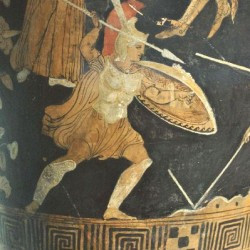
Achilles fighting against Memnon. |
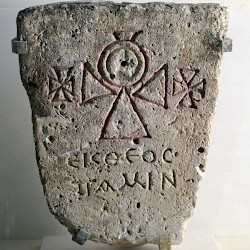
Achmim, Funerary stela of Pamim |
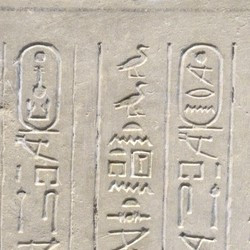
Achmim, Stele of Meryanchef, with cartouches of Merenre and Pepi II |
Achoris
Achoris (Egyptian: Maatchnumra Setepemchnum Hakor): pharaoh of the Twenty-Ninth or Mendesian dynasty (392/391-379).Context Map of Lower Egypt (fifth-fourth centuries BCE) In the…Acragas (Agrigento)
Acragas (Greek Ἀκράγας): Greek town in southern Sicily, modern Agrigento. The so-called Temple of Concord Situated more or less in the center…
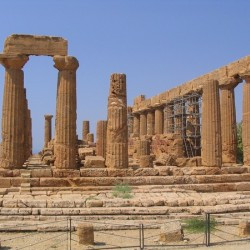
Acragas, So-called Temple of Hera |
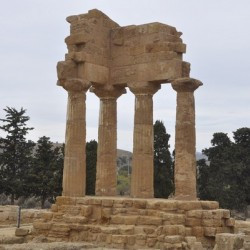
Acragas, So-called Temple of the Dioscuri |